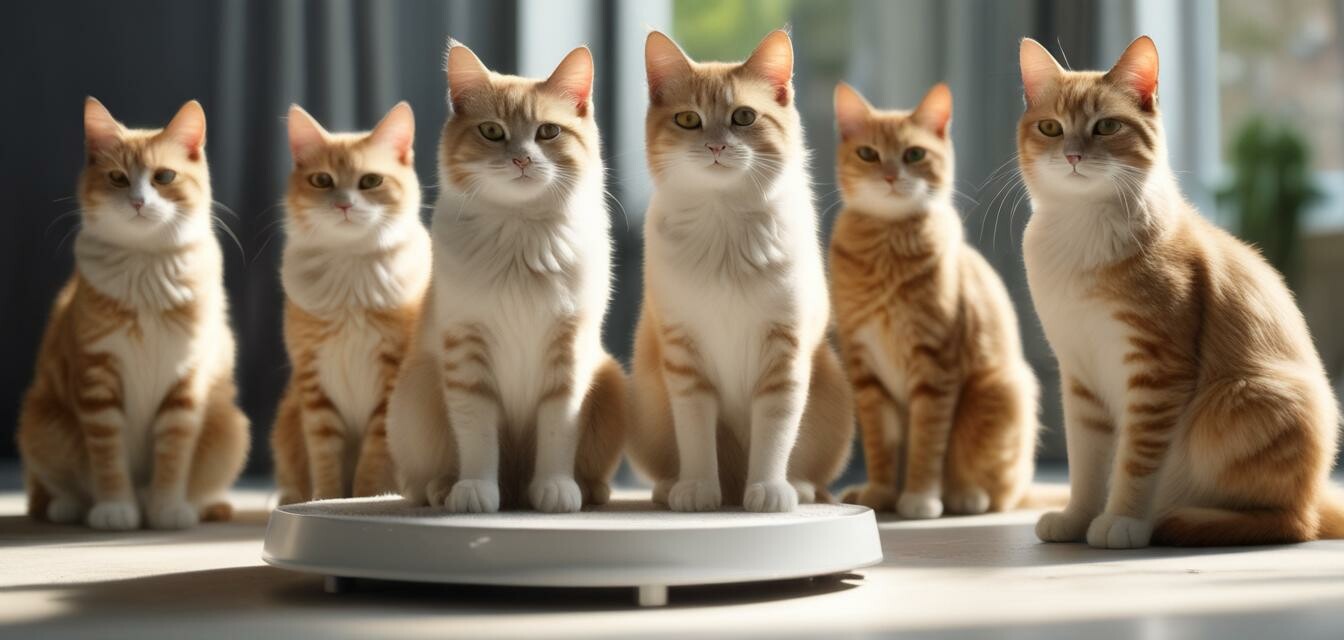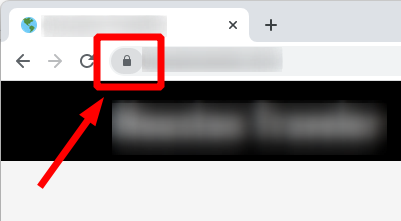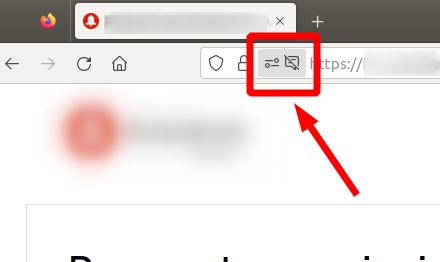
How to Monitor Your Cat’s Weight
Key Takeaways
- Regular weight checks help identify health issues early.
- Assess your cat's body condition score for better insight into their health.
- Monitor food intake and activity levels to maintain an optimal weight.
- Consult with a veterinarian for personalized feeding and exercise recommendations.
Monitoring your cat's weight is crucial for maintaining their health and well-being, regardless of their stage of life. Regular weight checks, along with observing changes in eating and activity habits, can help ensure your furry friend remains fit and healthy. This article covers the essential tips and steps to effectively monitor your cat's weight, so you can take proactive measures for their health.
Why is Weight Monitoring Important?
Weight management plays a critical role in your cat's overall health. Maintaining a healthy weight helps prevent various health issues, including:
- Obesity
- Diabetes
- Joint Issues
- Heart Problems
How to Weigh Your Cat Accurately
Here are a few methods for weighing your cat:
1. Using a Standard Scale
If your cat is manageable to hold still, you can use a regular scale:
- Weigh yourself and note the weight.
- Hold your cat and step on the scale again.
- Subtract your weight from the total weight to find your cat's weight.
2. Using a Pet Scale
For more accurate measurements, consider investing in a pet scale:
Place your cat on the scale and note the weight displayed.
3. At the Veterinarian
Take your cat to the veterinarian for a professional weight check during scheduled visits. A regular health check provides a better overall assessment of their condition. For other tips related to your cat's health, check out our Cat health and wellness resources.
Understanding Body Condition Scoring (BCS)
Body condition scoring is a simple and effective way to evaluate your cat's weight in relation to their body structure. Here’s a common cat BCS chart:
| BCS Score | Description |
|---|---|
| 1 | Severely underweight, ribs visible, and no fat cover. |
| 2 | Underweight, ribs easily felt, slight fat cover. |
| 3 | Ideal weight, ribs can be felt with moderate pressure. |
| 4 | Overweight, ribs difficult to feel, some fat cover. |
| 5 | Obese, ribs buried beneath fat, abdominal fat. |
Tips for Maintaining a Healthy Weight
Beginner Tips
- Feed the recommended amount on your cat food label.
- Monitor treats and snacks—they should not exceed 10% of their daily caloric intake.
- Incorporate interactive toys to increase physical activity.
- Create a feeding schedule instead of free-feeding.
- Regular vet check-ups to monitor your cat’s weight.
Watch for Changes in Behavior
Besides weighing your cat, paying attention to changes in behavior can help you monitor their health:
- A sudden increase or decrease in appetite.
- Changes in energy levels—more lethargy or increased activity.
- Altered bathroom habits.
Products That Can Help You
Investing in the right tools can make monitoring your cat’s health easier. One recommended product is:
Wisdom Panel Complete: Comprehensive Cat DNA Test
This genetic test analyzes thousands of data points to deliver valuable insights on your cat's health, breed, and traits.
Learn MoreConsult Your Veterinarian
It's always best to consult your vet if you notice significant changes in your cat's weight or behavior. Regular visits not only help in thorough health evaluations but also offer guidance on maintaining a balanced diet and proper exercise routines. For more about caring for your cat, check our Cat Care Tips.
Conclusion
Monitoring your cat’s weight is essential for ensuring their overall health and longevity. By using body condition scoring, weighing them regularly, and looking out for changes in behavior, you can maintain a happy and healthy life for your furry friend. Remember, prevention is always better than correction, so start monitoring today!



